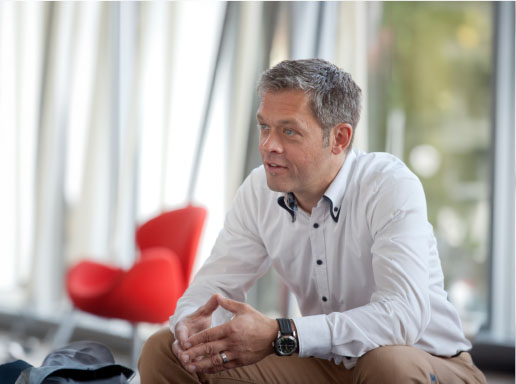Precision Investing

Exciting newcomers in highly specialized technology domains
The EconSight company scouting and de-risking approach
Our company scouting approach provides a comprehensive overview of all relevant companies in a specific technology sector, offering you a list of potential investment targets and eliminating the need for exhaustive research and guesswork. It is also a major de-risking approach that compares each investment with the next best options.
Next-generation AI-based patent analysis
The scouting concept is based on our new AI with customised LLM (large language models) that uses textual technology descriptions to identify all relevant patents from more than 140 million patent full texts and more than 3.5 million companies worldwide. The iterative process is fast, precise and always verifiable.
The precision investing approach
Fast and precise company scouting based on EconSight precision investing approach


With EconSight’s data-driven approach we get new insights and fast information on any company – a massive competitive advantage in venture and private equity.
Tim Jürgens,
Seedlink, early-stage VC, Barcelona
Showcase – Carbon-capturing microbes – competitive environment
Companies and universities with conceptually close patents to the technology definition. (Engineered organisms convert emissions into valuable products like biofuels, providing a promising approach to mitigating climate change)
